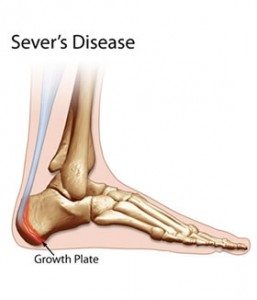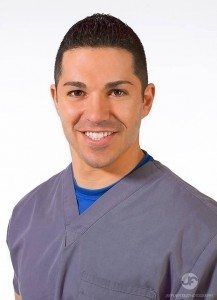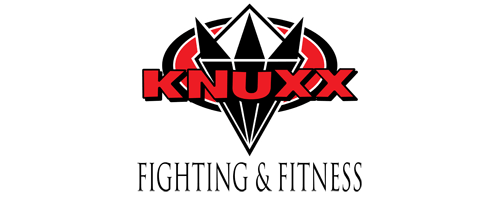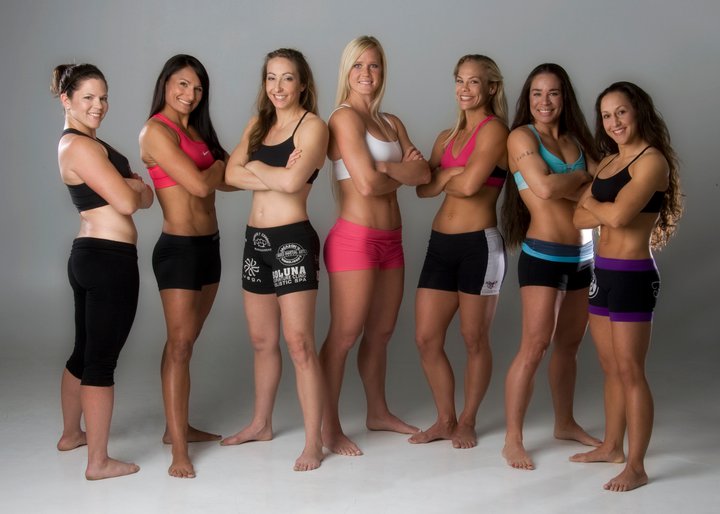This post may contain affiliate links to products or services which, if you purchase, may result in my earning commissions at no additional cost to you.
Written by Dr. Beau B Hightower
MS, DC, CSCS, CES
Remember the 80’s sitcom, Growing Pains? Do you remember the family name on the show? That’s right, if you guessed Seavers, you are correct. If you have ever experienced, or known someone to experience “growing pains” during the teenage years, then you may be familiar with the terms Osgood Schlatter’s and Sever’s. These are painful afflictions that affect the knee and heel of teenagers and young children, particularly in the athletic population. Today we are going to discuss the whys, hows, and ways to prevent these painful disorders from knocking your young athlete out of the game.
Growing pains is a common term used to describe a very specific bone abnormality known as apophysitis. Apophysitis literally means inflammation of the apophysis, which is the technical term of a bony tubercle wear tendons attach to bone. For those of you not familiar with muscle and skeletal anatomy, ligaments connect bone to bone, while tendons connect muscles to bone. In order to move, the muscles must contract which pulls on bones to move our bodies into the position that we desire. Because the force is transmitted through the tendon to the bone, any over-activity can cause tendinitis in adults, or for those whose bones haven’t fully hardened yet, apophysitis. Due to repeated trauma associated with sports, mutiple avulsion fractures occur below the tubercle which results in a painful bump. The most common sites for such an injury are on the heel, below the kneecap, and where the hamstring muscles tie into the pelvis, known as the ischial tuberosity.
These can be extremely painful and cause physical and psychological trauma to a young athlete. Because their growth plates are still open, the athlete’s bones are growing longer, and if they don’t keep the muscles and tendons relaxed and elongated, these muscles will struggle to maintain the accelerated pace of the bone and begin to pull at the attachment points on the bones. One key way to prevent and relieve the symptoms associated with growing pains is by being proactive with self myofascial release. For specific tips on foam rolling, lacrosse ball use, and myofascial stick, please see my previous article on muscular hygiene.
The most common devices used to apply SMR are foam rollers, lacrosse balls, myofascial sticks, and myofascial “canes”. These tools can prevent and repair injuries such as anterior and posterior shoulder pain, IT band syndrome, lower back pain, shin splints, plantar fascitis and more. Research has shown repeatedly that static stretching is not the definitive answer to musculoskeletal problems, and while there are few papers relating to foam rollers and others, there is plenty of clinical evidence in the athletic community. Stretching tends to put stress at the tendon-bone intersection, and the muscle-tendon intersection, while restrictions within the belly of restricted muscles remain unaffected.
Traditional treatment for apophysitis include rest, ice, compression, and the use of NSAIDS such as Ibuprofen and Naproxen. You should always consult with a medical professional, but by making consistent use of your self-myofascial tools, you can keep your young athlete healthy and in the game. If addressed properly, growing will not require the pains associated with adolescent sports.
Disclaimer: This article is for educational purposes only. If you have a medical condition, it is prudent that you seek medical evaluation by a properly qualified and licensed practitioner.
Dr. Beau Hightower is a former collegiate athlete and avid fight fan. He serves as the President of Elite Ortho-Therapy and Sports Medicine LLC, the premier sports injury resolution center in New Mexico. He serves on the Executive Board of Directors for Parker University and their Alumni Association and treats many elite level UFC fighters in his home practice.
Elite-OSM.com





